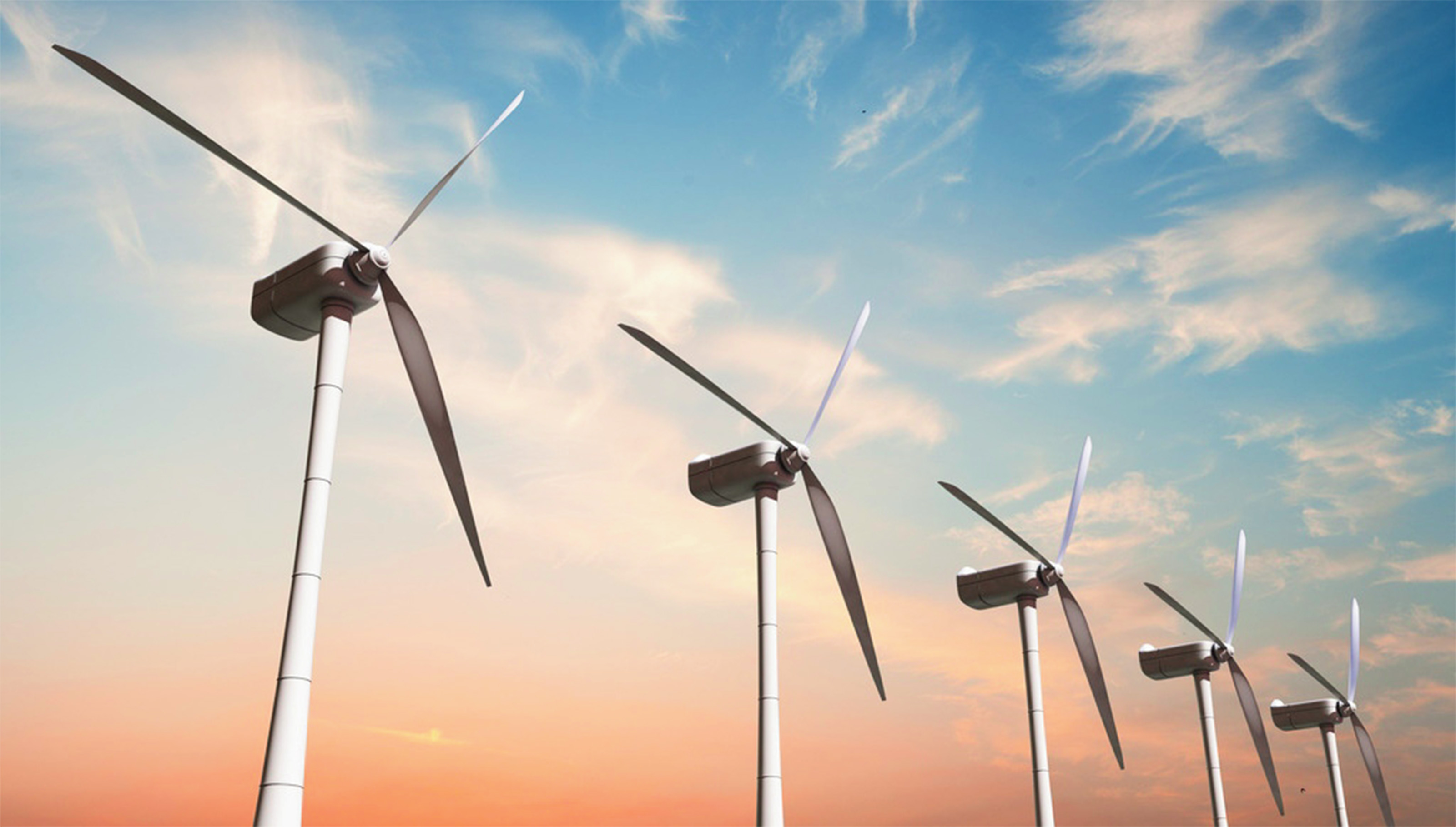NdFeB magnets play an important role in wind power generation. At present, the global installed capacity of wind power has exceeded 200 million kilowatts. However, due to factors such as excessive expansion and a sharp increase in rare earth raw materials, the production capacity of wind power generation equipment has reached a surplus level of 260%.
The working environment of wind turbines is extremely harsh, and they must be able to withstand the tests of high temperature, severe cold, sand and dust, humidity, and even salt mist. The design life of this type of turbine is usually 20 years. Both small wind turbines and megawatt level permanent magnet wind turbines use sintered NdFeB permanent magnets. Therefore, selecting neodymium permanent magnets with appropriate magnetic parameters and corrosion resistance is crucial.
Currently, doubly fed generators and direct drive generators have become the two main types of wind turbines in the world. In doubly fed generator sets, the generator cost accounts for 7% of the total unit cost, while in direct drive generator sets, the generator cost accounts for 31.5% of the total unit cost.

Neodymium permanent magnets are the third generation rare earth permanent magnets with the highest magnetic properties to date. The main phase of NdFeB alloy is the intermetallic compound Nd2Fe14B, with a saturation magnetic polarization intensity (Js) of 1.6T<1>. At present, sintered NdFeB permanent magnet alloys are composed of the main phase Nd2Fe14B and grain boundary phases, and the grain orientation of Nd2Fe14B is limited by process conditions. Therefore, the maximum residual magnetism of the magnet can reach 1.5T. The NdFeB magnets produced by Vacuum Schmelze GmbH have a maximum magnetic energy product (BH) value of 57 MGOe.
When designing permanent magnet motors, advanced NdFeB is usually chosen to achieve high air gap magnetic density. However, during the operation of the electric motor, neodymium magnets with high coercivity are required due to the alternating demagnetization field and the instantaneous high current demagnetization effect when the load suddenly changes.
Wind turbines operate in the wilderness and can withstand the tests of high temperature and cold. However, motor losses can lead to an increase in motor temperature. Sintered NdFeB magnets can operate at 120 ℃.
The Curie temperature of Nd-Fe-B permanent magnet alloy is about 310 ℃. When the temperature of the magnet exceeds the Curie point, it will change from ferromagnetism to paramagnetism. At the Curie temperature, the remanence of NdFeB decreases with increasing temperature. Its remanence temperature coefficient (Br) is -0.095-0.105%/, and the coercivity of Nd-Fe-B decreases with the increase of temperature. The coercivity temperature coefficient β (jHc) is -0.54-0.64%. If an appropriate coercive force is selected, the magnet will still have a sufficiently high coercive force at the highest operating temperature designed for the motor.
Typically, large permanent magnet wind turbines require the use of thousands of NdFeB magnets. Each rotor pole contains multiple magnets, so the consistency of the rotor magnetic poles is crucial for the consistency of the magnets, including dimensional tolerances and magnetic performance consistency. The consistency of magnetic properties includes the following aspects: the deviation of magnetic properties between different magnets should be as small as possible, and the magnetic properties of individual magnets should be uniform.
NdFeB alloy contains active rare earth elements, which are prone to oxidation and rusting. When in use, if not encapsulated and isolated from air and water, NdFeB needs to be considered as a surface corrosion protector. The commonly used anti-corrosion coatings include nickel plating, zinc plating, and electrophoretic epoxy resin. At the same time, surface phosphating treatment can also effectively prevent NdFeB from rusting in a relatively dry environment for a short period of time.
Rare earth intermetallic compounds can react with hydrogen under certain pressure and temperature. When NdFeB absorbs hydrogen, exothermic and decomposition reactions occur. In the production process of NdFeB, this characteristic is utilized to achieve hydrogen fragmentation.
According to the design standards of wind turbines, their design life is 20 years. That is to say, electromagnetic steel needs to have stable magnetic properties and no obvious corrosion phenomenon during this period.
Contact: Cindy Wang
Phone: +86 19916725892
Tel: 0512-55128901
Email: [email protected]
Add: No.6 Huxiang Road, Kunshan development Zone, JiangsuShanghai Branch: No. 398 Guiyang Rd, Yangpu District, Shanghai, China